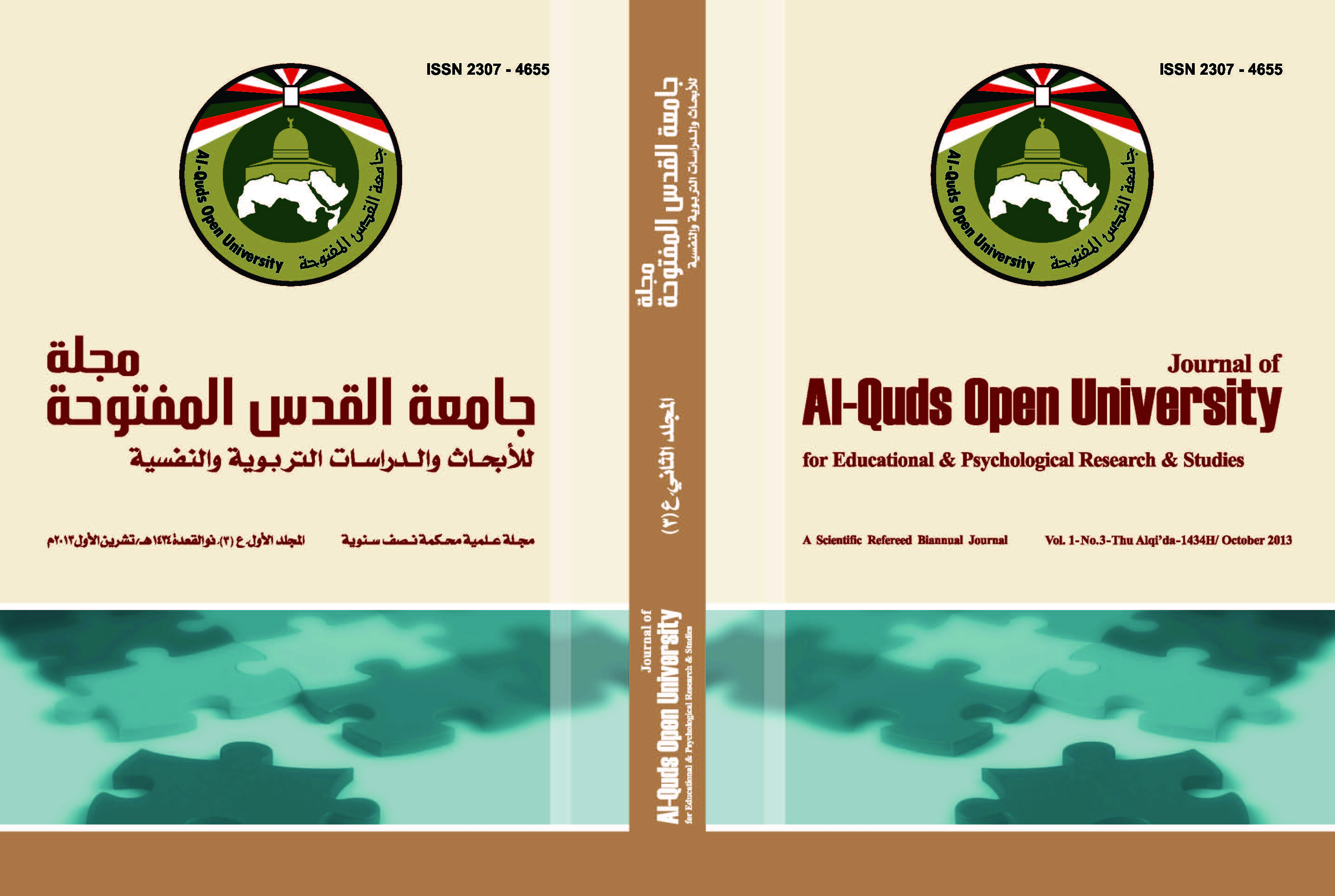The Relation between Patterned Movements and Sensory Disorders among Children with Autism in Saudi Arabia
Keywords:
Patterned Movements, Sensory Disorders, Autism, The Kingdom of Saudi ArabiaAbstract
The purpose of this study was to identify the relationship between the
typical movements and sensory disorders for children with autism and to
identify the psychological profile form of sensory disorders, and the psychological
profile form of the typical movements for children with autism. The
study sample consisted of (30) autism children within the range of (6- 10)
years chosen from the autism program at the institute of intellectual education
of the general directorate for education in Al- Ahsa province in Saudi
Arabia. A measure of stereotypical movements, and sensory profile scale
(Dunn, 1999) were used and applied to autism children. The results showed
that there was variation in the form of psychological profile of sensory disorders,
and oral disorders among the study sample more than other disorders,
followed by auditory disorders and then multiple disorders, vestibular
disorders, tactile disorders, and visual disorders. Stereotyped movement of
parties in autism children spread more than stereotyped movements of the
body.There is also a positive statistically significant correlation between the
total score of stereotype movements scale and the total score of sensory disorders
scale, The stereotypes movements of the parties were associated more
strongly with sensory disorders, because the stereotypical movements of the
parties got the highest degree of correlation between them and the audio disorders,
followed by oral disorders then multi-disorders, vestibular disorders,
tactile disorders then visual disorders. While the stereotypical movements of
the body were not associated with visual disorders, touch disorders, multidisorders.
This suggests that the movements of the parties were affected by
sensory disorders more than movements of the bodyDownloads
Published
How to Cite
Issue
Section
License
- The editorial board confirms its commitment to the intellectual property rights
- Researchers also have to commit to the intellectual property rights.
- The research copyrights and publication are owned by the Journal once the researcher is notified about the approval of the paper. The scientific materials published or approved for publishing in the Journal should not be republished unless a written acknowledgment is obtained by the Deanship of Scientific Research.
- Research papers should not be published or republished unless a written acknowledgement is obtained from the Deanship of Scientific Research.
- The researcher has the right to accredit the research to himself, and to place his name on all the copies, editions and volumes published.
- The author has the right to request the accreditation of the published papers to himself.







2.png)






_2.png)

